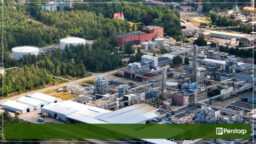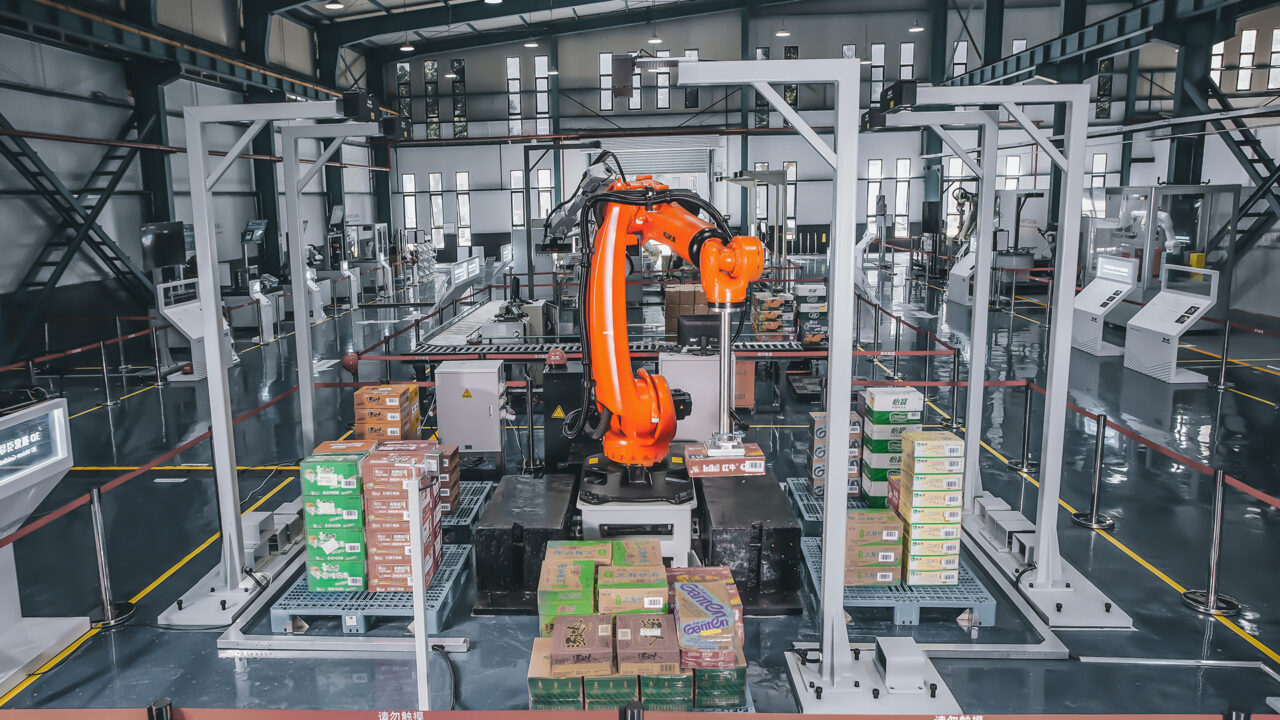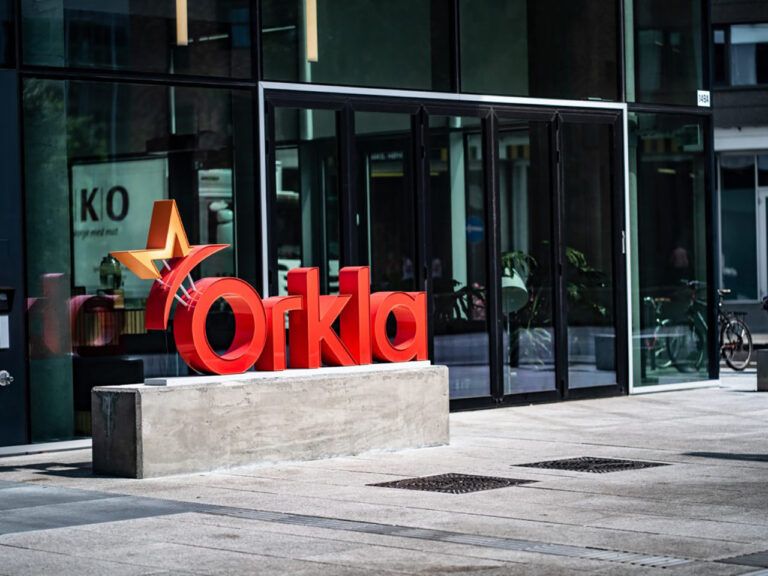With increasing costs and competition, there is an ever-present need to improve delivery performance while maintaining less stock and minimizing risks. Optimized supply chain planning will have a significant positive impact on all of this. As an area in which companies often underperform, the potential for improvement is enormous.
However, many companies still plan with MRP and spreadsheets. This post explains how supply chain optimization works, why it’s superior to traditional planning approaches, and the benefits that await those who embrace it.
And with a typical ROI of 6-12 months, isn’t it worth your time and consideration?
Why time’s up on MRP and spreadsheets
Most companies already have a planning solution in place, typically an MRP system with numerous auxiliary spreadsheets to mitigate its shortcomings. But when your business grows, so does the planning challenge, and at some stage the process begins to fail.
MRP primarily highlights issues that need to be resolved. This information is presented to the planner in the form of action messages. For example release order, a reschedule in released order, reschedule out released order, etc. The planner then wades through these action messages to decide what to do manually. So, while MRP will indicate to the planner that there are issues to resolve, it will not solve them.
Without a holistic view of the supply chain – and a streamlined way to manage all the business rules and constraints that determine what you can and cannot do – the planning task eventually becomes unmanageable.
A supply chain optimization solution solves this problem.
It combines advanced mathematical modeling with a user-friendly interface, automatically creating plans that strike the perfect balance between customer service and profitability.
How does supply chain optimization work?
With the myriad of business rules and constraints, supply chain optimization is a highly complex process that requires proper system support. Finding the optimal solution to the planning problem requires advanced mathematical modeling and optimization technology.
Here are the core elements of a supply chain optimization solution:
1. The supply chain model (aka the “Digital Twin”)
The Digital Twin is a digital representation of your physical supply chain. It’s a detailed, complete model of your supply chain processes, constraints, and resources to provide the blueprint for your planning solution. Factories, warehouses, production lines, machines, vehicles, equipment, tooling, staff, etc., are all represented here.
2. System interfaces
The solution needs accurate, up-to-date information from your other business systems. Direct interfaces with ERP, PLM, CRM, and Transportation & Warehouse Management systems provide access to all necessary data inputs. Examples of required data are sales forecasts, customer orders, product information, and stock levels.
3. The solver
The solver is the brain of the optimization solution. It contains a set of mathematical algorithms that work together to solve the supply chain problem described by the digital twin and the input data. The solver calculates the most profitable way to meet customer demand while respecting your supply chain constraints. You can read more about how Optimity optimizes here.
For maximum profits – optimize your entire supply chain
The most significant benefit of supply chain optimization typically comes from the ability to optimize the supply chain as a whole, as opposed to individual functions. The best supply chain optimization solutions use profit-based logic, where the complete supply chain is optimized to maximize the bottom line.
For example, to determine the best placement of inventory in the supply chain, the solution balances the costs of purchasing, production, storage, and distribution, against the cost of failing to meet demand. You can reduce overall inventories with better forecasting or just-in-time manufacturing, by purchasing smaller quantities more frequently, or by holding stock in a different location. The solution will find the best, most profitable option for you.
The average Optimity customer increases forecast accuracy by 35%, reduces inventory by 22%, and improves service levels by 8%
Instant decision support
In addition to generating feasible plans that maximize profits and customer service, optimization offers another significant benefit – speed.
Optimized plans are generated in a matter of seconds, making the solution ideal for simulation and decision support. By adjusting modeling parameters and input variables and then re-creating the plan, you quickly gain valuable insights to support planners and management in their decision making.
For example, you can quickly determine the ideal timing of a promotion, the pros and cons of a new warehouse location, or if a proposed investment in machinery is justified. The only limiting factor is your imagination.
For companies that want accurate, real-time, fully synchronized plans that maximize overall profitability, supply chain optimization is the answer.
If you want to know more about optimization and how it can help grow your business, download this white paper – Supply Chain Optimization – it’s not magic, it’s mathematics.
And if you’d like to read about the different optimization can make. Read the Orkla story. This consumer goods company achieved 98% customer services levels with Optimity.
Get all the latest industry trends, updates & news from Optimity
















